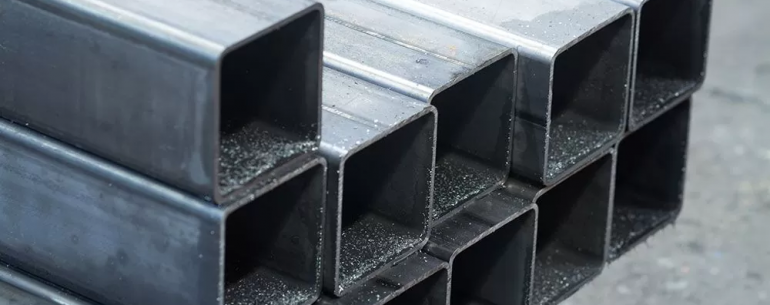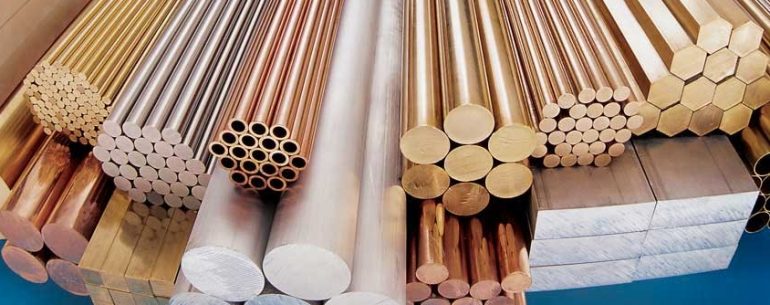
Expanded metal is a versatile and durable material widely used across various industries for functional and aesthetic purposes. It is created by cutting and stretching a sheet of metal into a mesh pattern, resulting in a single-piece construction without any welds or joints. This unique manufacturing process gives expanded metal its distinctive properties and a wide range of applications.
What Is Expanded Metal?
Expanded metal is a sheet material that has been slit and stretched to form a diamond-shaped or other patterned mesh. Unlike perforated sheets, expanded metal retains its structural integrity as there is no material removal during the process. The interconnected strands and bonds provide strength, rigidity, and a lightweight structure.
Materials Used
Expanded metal can be made from various materials, each offering specific benefits depending on the application:
- Steel: Carbon steel and mild steel are commonly used for their strength and affordability.
- Stainless Steel: Offers excellent corrosion resistance, making it ideal for outdoor or harsh environments.
- Aluminum: Lightweight and corrosion-resistant, aluminum is suitable for architectural and transport applications.
- Copper and Brass: Used for decorative purposes due to their aesthetic appeal.
- Titanium: Offers exceptional strength-to-weight ratio and corrosion resistance for specialized industries.
Manufacturing Process
The production of expanded metal involves:
- Slitting: A sheet of metal is slit at regular intervals.
- Stretching: The sheet is pulled, creating the characteristic diamond-shaped openings.
The result is a mesh with uniform holes and a continuous structure, eliminating the need for welding or joining.
Types of Expanded Metal
- Standard Expanded Metal: Features raised strands that provide texture and grip.
- Flattened Expanded Metal: The raised strands are rolled flat for a smoother surface and uniform thickness.
- Micro-Expanded Metal: Contains small openings for precision applications such as filtration.
- Decorative Expanded Metal: Customized patterns designed for aesthetic and architectural uses.
Applications of Expanded Metal
1. Construction and Architecture
Expanded metal is widely used in construction for reinforcement in concrete, fencing, walkways, and grating. Its aesthetic versatility also makes it popular in facades, partitions, and ceiling panels.
2. Industrial Applications
In industrial settings, expanded metal is used for machine guards, safety screens, and platforms. Its strength and non-slip properties make it ideal for heavy-duty environments.
3. Filtration and Ventilation
Expanded metal meshes are employed in filters, screens, and HVAC systems due to their ability to allow airflow while providing structural support.
4. Transportation
The lightweight yet strong nature of expanded metal makes it suitable for use in vehicle flooring, luggage racks, and protective grilles.
5. Decorative and Artistic Uses
Architects and designers use expanded metal for creative installations, sculptures, and interior designs due to its customizable patterns and textures.
Advantages of Expanded Metal
- Strength and Durability: The single-piece construction enhances structural integrity.
- Cost-Effective: Minimal material waste during production.
- Lightweight: Provides strength without adding excessive weight.
- Customizable: Mesh patterns, sizes, and materials can be tailored to specific needs.
- Non-Slip Properties: Ideal for walkways and safety platforms.
- Sustainability: Scrap from production can often be recycled.
Conclusion
Expanded metal is a practical and innovative material that combines strength, versatility, and aesthetic appeal. Its unique characteristics and adaptability make it an essential choice across industries, from construction and manufacturing to design and art. As technology advances, the applications and benefits of expanded metal are set to grow, solidifying its position as a cornerstone material in both functional and creative domains.



